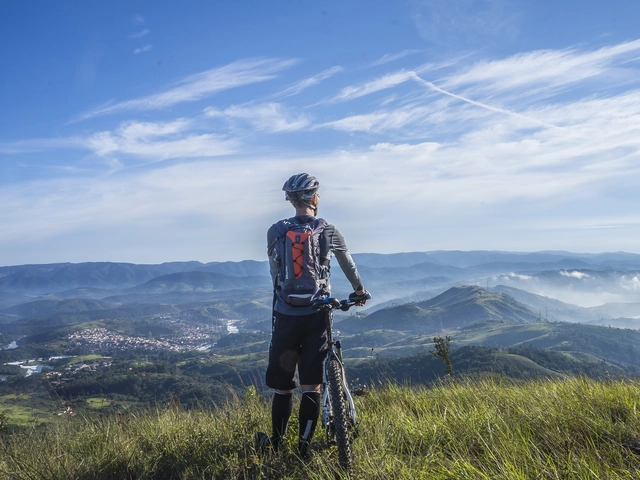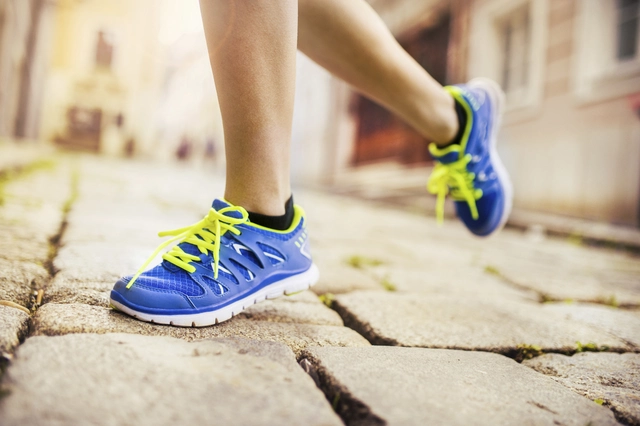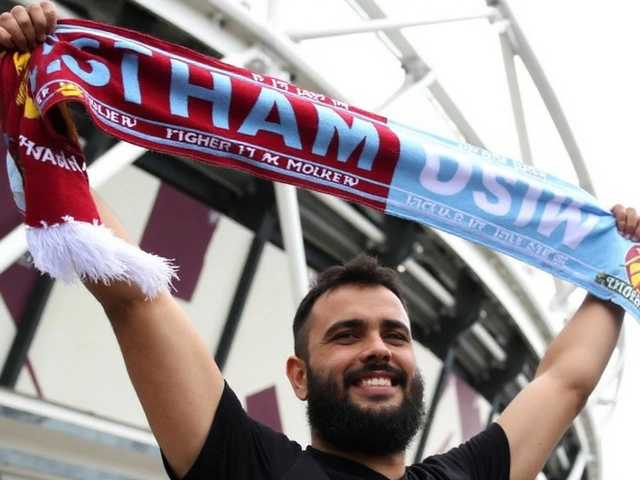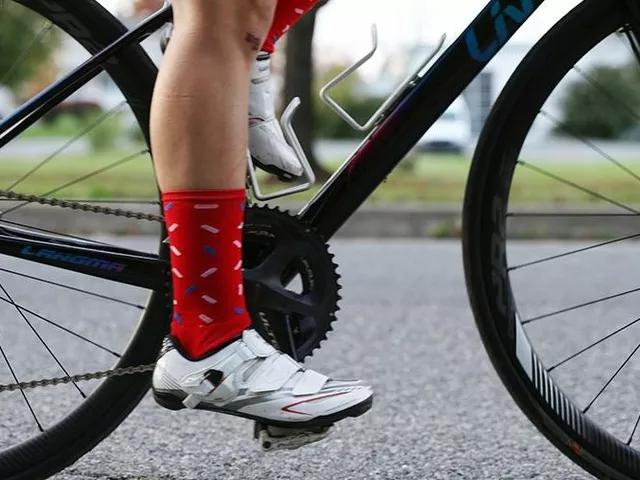Top Safety Tips for Every Skipton Cyclist
Whether you’re cruising the Craven Walk or tackling the hills around Skipton, staying safe should be your first move. A solid safety plan isn’t just for pros – it’s for anyone who wants to enjoy a worry‑free ride. Below are the basics that keep you upright and feeling good.
Essential Gear
Start with a good helmet. It’s the single biggest thing you can wear to protect your head. Choose a size that fits snugly, lower the strap so it sits just below your ears, and replace it after any hard impact. Next, think visibility. Front white lights and rear red lights aren’t optional for night rides; they’re a must. Even during daylight, bright coloured clothing or reflective strips make drivers spot you quicker.
Don’t forget gloves and padded shorts. Gloves give you grip and reduce road‑rash, while padded shorts keep long rides comfortable. If you ride in wet weather, waterproof shoe covers keep your feet dry and improve pedal power.
Smart Riding Practices
Know the rules of the road. Stop at red lights, signal every turn, and ride on the right side unless you’re passing. Hand signals are simple: left arm out for a left turn, right arm out for a right turn, and both arms down to slow down. These cues give drivers a clear picture of what you’ll do next.
Check your bike before each ride. A quick test of brakes, tyre pressure, and chain lubrication can prevent a surprise breakdown. Look for worn brake pads, cracked spokes, or a loose seatpost. Fixing a small issue now beats a roadside repair later.
Plan your route. Stick to bike lanes and quiet streets when possible. If you must share a busy road, position yourself where drivers expect cyclists – usually near the centre of the lane, not at the edge. This reduces the chance of a door opening on you or a car pulling out too close.
Ride defensively. Assume drivers don’t see you and act accordingly. Keep a safe distance from parked cars, watch for sudden door openings, and be ready to brake if a vehicle swerves. If a driver looks distracted, give them extra space.
Night riding needs extra care. Use both front and rear lights, wear reflective gear, and keep your speed low enough to react to potholes or unexpected obstacles. A bright helmet visor can help spot hazards earlier.When you ride in a group, stay orderly. Ride single file, keep a steady pace, and signal when the group is stopping or turning. This keeps the whole pack visible and reduces chaos.
For families, teach kids the basics early. Let them practice hand signals, proper helmet wear, and riding on quiet streets before hitting busier roads. Always supervise young riders and consider a child‑specific bike with safety features.
Carry a small emergency kit. A spare tube, mini pump, tire levers, and a multi‑tool can get you moving again after a flat. Pack a basic first‑aid kit too – a few band‑aids and antiseptic wipes can make a difference if you get a cut.
Finally, trust your instincts. If something feels unsafe – a tricky intersection, a driver acting oddly, or a poorly lit road – take a different path or wait until conditions improve. Your ride should feel good, not stressful.
By following these simple steps, you’ll boost your confidence and lower the risk of accidents. Keep these tips in mind, ride smart, and enjoy everything Skipton’s cycling scene has to offer.
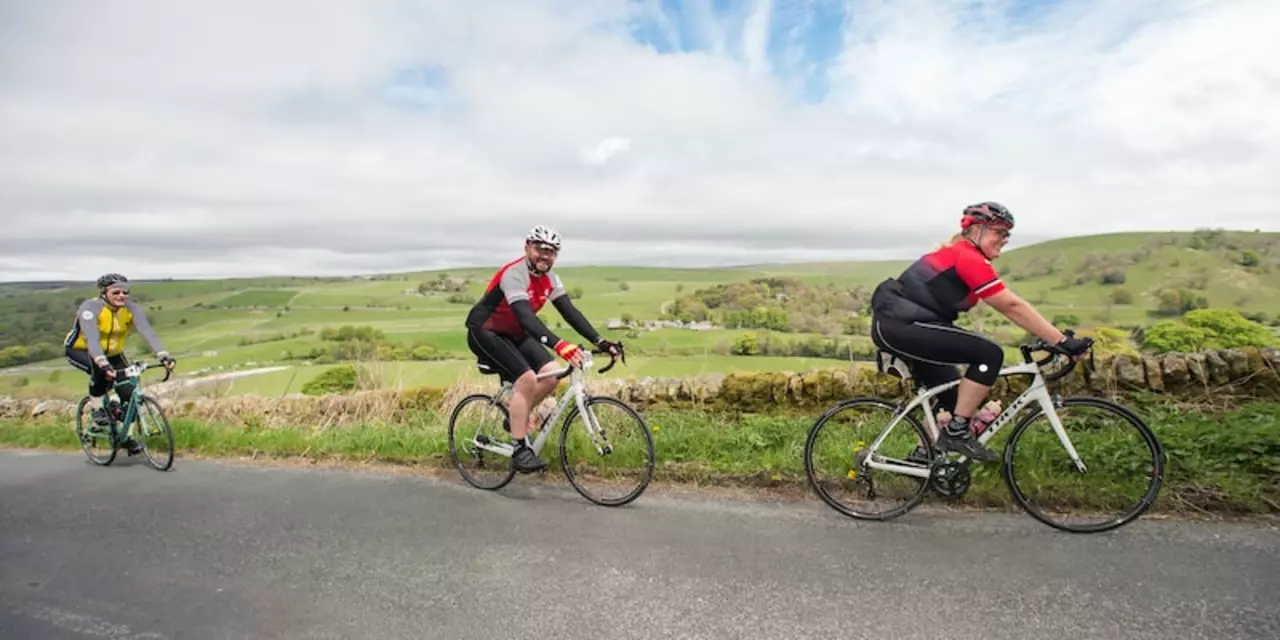
Should cyclists wear gloves in the winter?
Cycling in the winter months can be a challenge. Wearing the right gear and having the right equipment can help make the ride easier and safer. Gloves are essential for winter cycling, as they provide warmth, protection from the elements, and increased grip on the handlebars. Cyclists should choose gloves that are insulated and waterproof for maximum protection, and if possible, gloves with touchscreen-compatible fingertips for convenience. Overall, cycling gloves are a great addition to any winter cycling wardrobe.
View More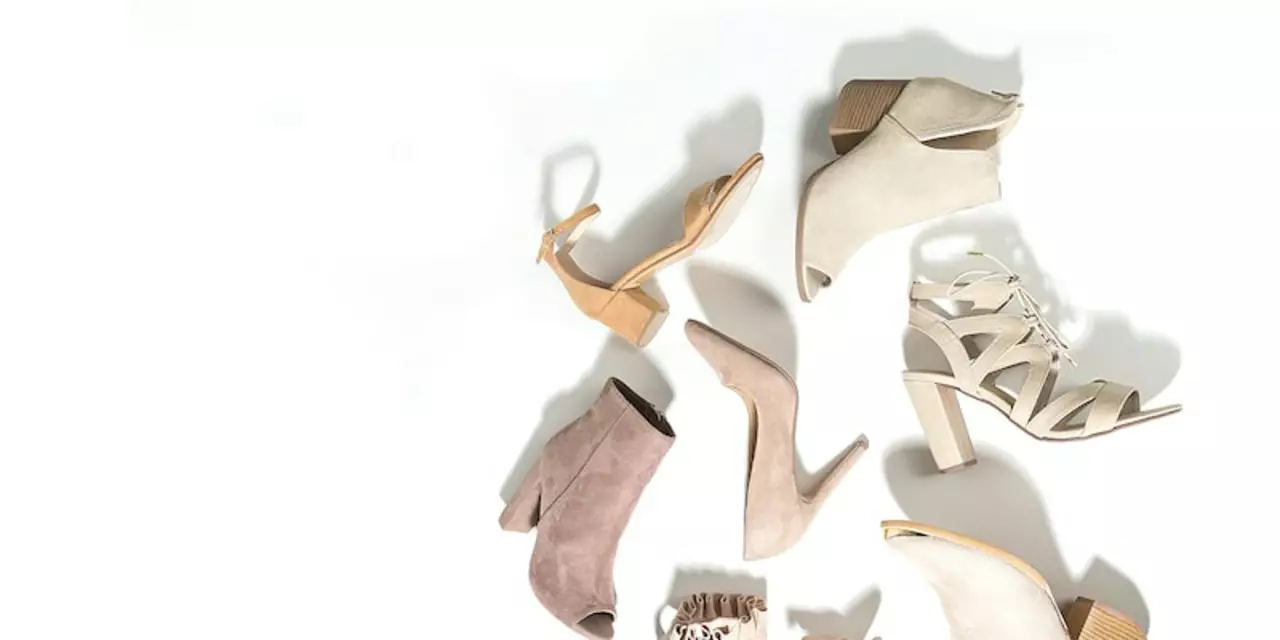
Is it safe to use a clip-in cycling shoes on public roads?
Clip-in cycling shoes are a popular choice for road cyclists because of their improved power and pedaling efficiency, but their use on public roads can be dangerous due to their increased risk of slipping. It is important for cyclists using clip-in shoes to practice clipping in and out of their pedals on a regular basis to ensure they develop the muscle memory and confidence to safely clip out in an emergency. Additionally, cyclists should always inspect their cleats, pedals and shoes before each ride to ensure they are in good working order. Moreover, cyclists should be aware of their surroundings and anticipate situations where they may need to unclip quickly. Lastly, cyclists should also wear a helmet and other protective gear to ensure their safety.
View More